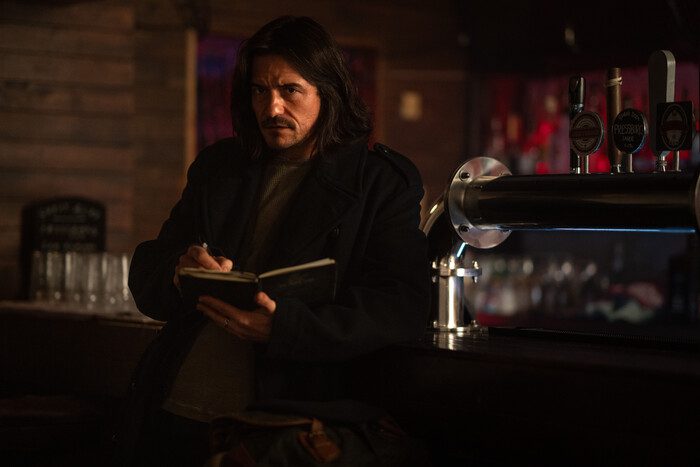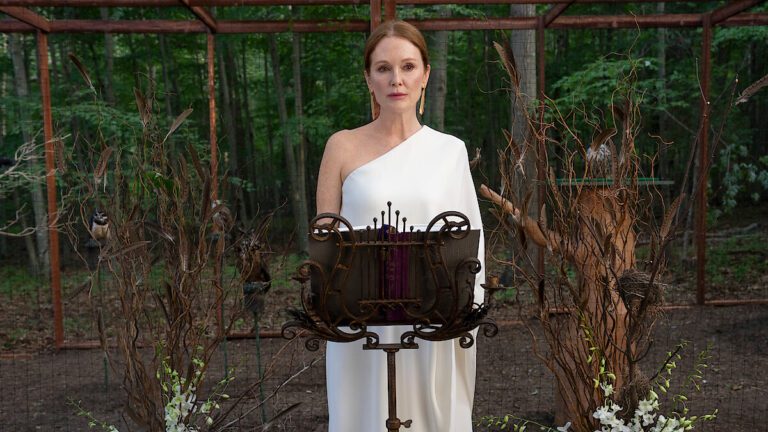Watching bad improv is one of the most miserable experiences an audience can drag themselves through. A single night of cringing your way through a college improv troupe’s clumsy attempts is enough to turn many away for life. This is a profound shame, because good improv is not only exhilarating and moving to an audience, but it’s one of the best ways to grow your strengths as an actor.
What is improv?
Improv casts a wide net. Though it loosely refers to any theatrical improvisation, (extemporaneous performances without the aid of preparation or text) the improv that exists in cultural imagination is most often centered around games that rely on audience suggestion. Improv is divisive among actors–most either love or hate it, but I firmly believe everyone should take at least one improv class in their lives.
What are the rules?
You’ve probably heard of “yes, and,” but let’s examine what that really means. It doesn’t necessarily mean saying yes to anything your scene partner says. What is important is accepting whatever conventions they establish within the world of play.
If they say, “Dad, I failed the exam today” and you reply with “I’m not your Dad,” the energy and the plot of the scene come to a grinding halt. They have established you are their father, who is now part of the world you are creating together —but don’t forget the “and.” Simply accepting their contribution is not enough, you must add to the scene. If you reply “That’s terrible, son,” you’ve fulfilled the “yes” part but haven’t really added anything.
Imagine you instead say “How do you expect to cure your mother’s spontaneous no bones disease if you fail your first medical exam?” Now you have affirmed your scene partner’s choices, you’ve set up expectations for the relationship, brought in new information, and opened the door for a third scene partner to jump in with some physical comedy.
There are exceptions (as there are to every rule). “No, but” is an acceptable choice. Often this applies to character rather than actor proposals. If your scene partner’s character asks you to marry them, your character does not have to say yes. However, you still have to add information. Otherwise, you’re asking your scene partner to do all the heavy lifting of the scene.
Statements not questions
Asking questions in an improv scene is an energy killer. It’s essentially stalling, giving you time to think while putting the burden of inventing all the circumstances on your scene partner.
If your scene partner comes on saying “Heel, Fido, heel” and obviously pantomiming being dragged by the leash, asking “Is that your dog?” adds nothing. However, if you make the statement “I didn’t realize the park had lifted its ordinance against pet rhinos,” now you’ve set an environment (the park), circumstance (possibly illegal rhino walking) and you’ve thrown something playful at your partner to which they will now have to adjust. Statements are king in improv.
The first idea is the best idea
While this is not strictly true, the heart of the sentiment is that no one wants to watch you think. It’s much funnier to watch you go with your first impulse and have to flounder to justify it than to watch you stall while you try to come up with something “funny enough.”
Learn how to fail
This is one of improv’s greatest gifts. There is absolutely no way to escape failure. Your joke will land flat, you’ll get flustered and you’ll jump into scenes where you don’t make sense. Improv forces you to make the best of it, recover and move on. Embracing failure is incredibly freeing for actors. Once you stop fearing failure, you truly start to play.
Play with the environment
The creation of the world is some of the most exciting stuff in improv. If you establish early that you’re in a store, find delight and care in the way you build what kind of store, where the cash register is and what kind of customers frequent the establishment.
Specificity is key. Don’t let yourself get stuck in the initial placement. When appropriate, jumping 10 years into the future, for example, is a wonderful way to show how the relationships of your characters have progressed (or deteriorated). As an audience, we want to see a story arc, not a static scene. Don’t forget you’re not bound by the normal rules of scripts, keeping you firmly within the bounds of the text. Callbacks to earlier scenes or even scenes between other actors create a feeling of continuity and offer excellent opportunities to button the comedy.
Make your characters real
Archetypes and funny voices are fun to cling to and a great jumpstart for your character, but they ring hollow quickly. Your character can’t just be a funny shell. You still have to want something, encounter obstacles and employ tactics to overcome them. The more desperately and genuinely you want something, the funnier it will be as you struggle for it. Additionally, not everything has to be funny. Improv affords opportunities for incredibly real and touching moments, all the more poignant because they are unexpected. Don’t shy away from them.
Why you should do it
Working on improv strengthens so many valuable actor muscles. It teaches you how to fail, hone your ability to think on your feet and build confidence in play. The imagination is a muscle and improv is a workout. It gets you used to making quick associations, thinking in story arcs and teaches you to not only be a good scene partner for others but to tune in to and trust your scene partners as well.
Casting directors use Casting Networks every day to discover people like you. Sign up or log in today to get one step closer to your next role.
You may also like:














